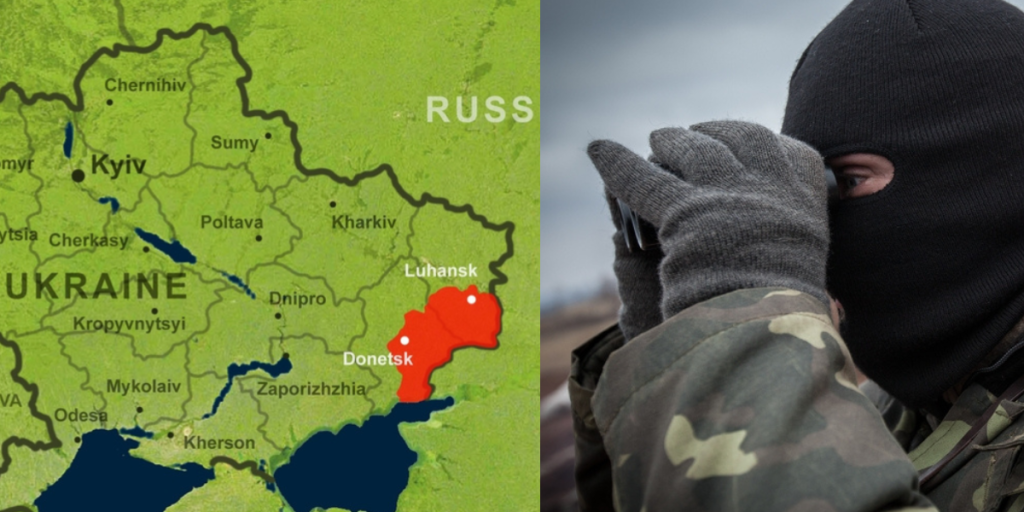Trump, Putin, and the push to surrender Donbas
Others are reading now
Why this one region could decide the entire war in Ukraine
A region at the heart of the war
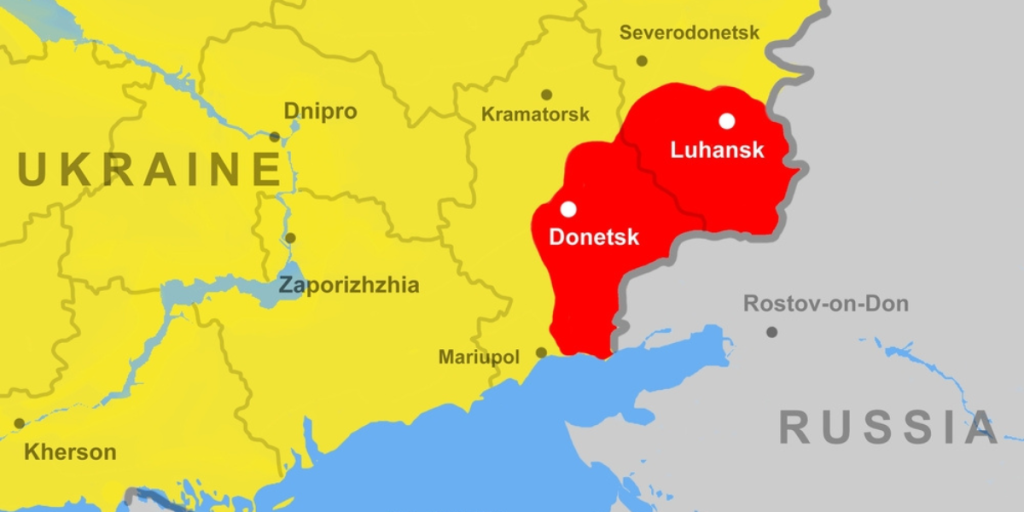
The Donbas region in eastern Ukraine has become a focal point in the ongoing war with Russia. According to Financial Times (FT), Russian President Vladimir Putin is now pressuring former US President Donald Trump to support a deal that would force Ukraine to give up Donbas entirely.
Donbas, which includes the regions of Donetsk and Luhansk, was invaded by Russia in 2014 and has since remained partially occupied by Kremlin-backed forces, according to Financial Times. The region has played a central role in Moscow’s efforts to destabilize Ukraine, as noted by the publication.
Trump’s controversial role in peace talks
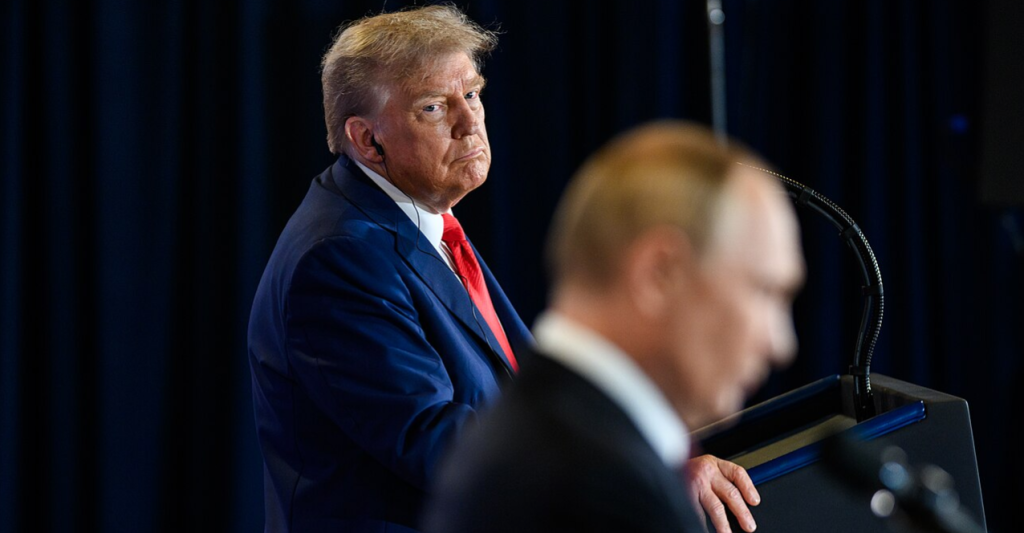
Reports from Financial Times suggest that during a recent meeting, Trump urged Ukrainian President Volodymyr Zelensky to offer the entire Donbas to Russia as a concession.
US envoy Steve Witkoff reportedly told the Ukrainian side that the region should be ceded because it is “largely Russian-speaking,” echoing a familiar Russian justification. Although Trump later denied making such a demand, the incident highlights the fragility and complexity of international diplomacy around Ukraine.
Also read
What and where is Donbas?
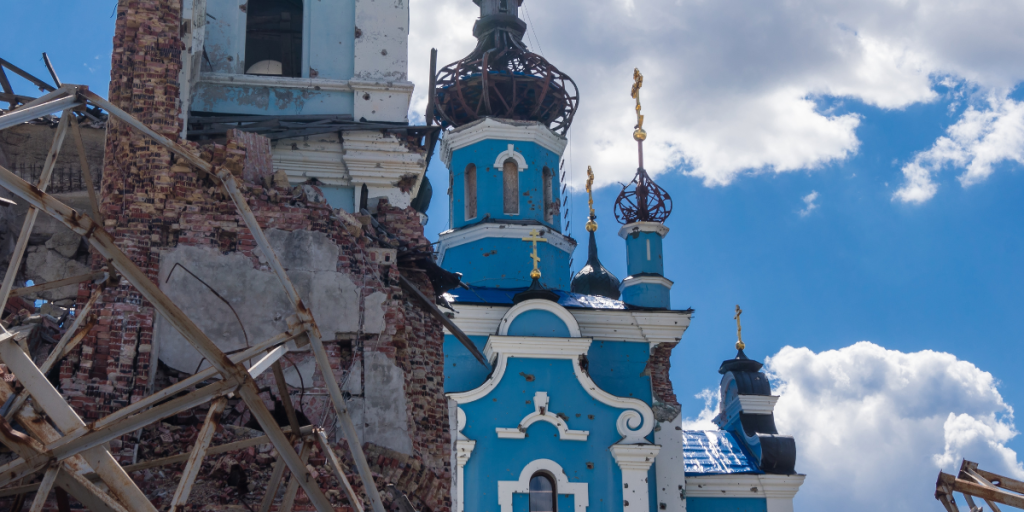
According to Digi24.ro, Donbas is a historical and industrial region in eastern Ukraine, named after the coal-rich basin surrounding the Siverskyi Donets River.
It primarily includes Donetsk and Luhansk, but parts of Dnipropetrovsk and even southern Russia are also associated with the broader Donbas area. Known for coal, steel, and machinery production, Donbas was once considered the economic powerhouse of Ukraine.
The war didn’t start in 2022
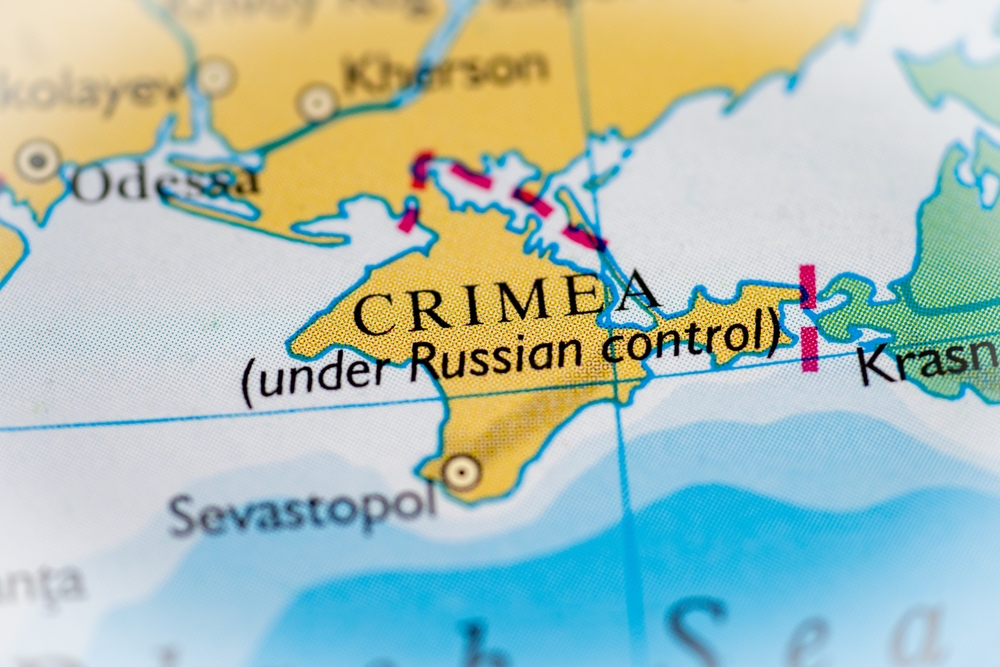
While many associate the conflict with Russia’s full-scale invasion in 2022, the war actually began in 2014.
That year, Russia annexed Crimea and invaded Donbas under the guise of supporting local separatists. However, according to Financial Times, these separatist republics were manufactured by the Kremlin—funded, armed, and directed from Moscow as part of a wider campaign to destabilize Ukraine.
The economic collapse of a once-thriving region
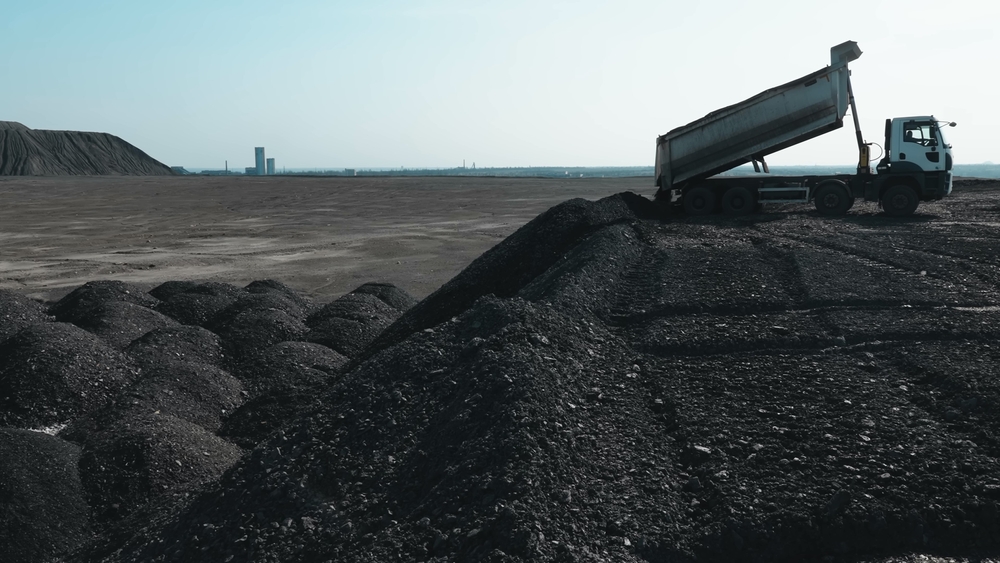
Before the war, Donbas generated 15,7% of Ukraine’s GDP and housed nearly 14,7% of its population, according to the Centre for Economics and Business Research in London.
Also read
Years of conflict have devastated the area. Between 2014 and 2021 alone, Ukraine lost an estimated $102 billion due to disruptions in Donbas. The last active coke mine closed in 2025, marking another blow to the region’s shattered economy, the Centre for Economics and Business Research reports.
Human cost of Russia’s long war
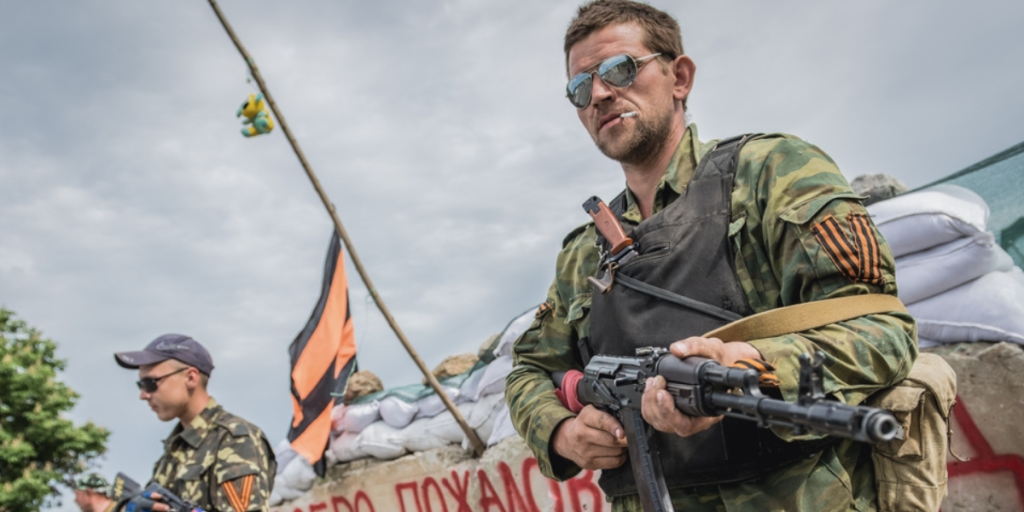
According to UN data, between 2014 and early 2021, at least 3,400 civilians and 4,400 Ukrainian soldiers were killed in Donbas.
Nearly 20,000 people were injured, and over two million fled their homes. Entire towns and cities, such as Mariupol, have been left in ruins—with estimates suggesting that as many as 75,000 civilians were killed there following the 2022 invasion, Digi24.ro reports.
Russia’s language excuse falls apart
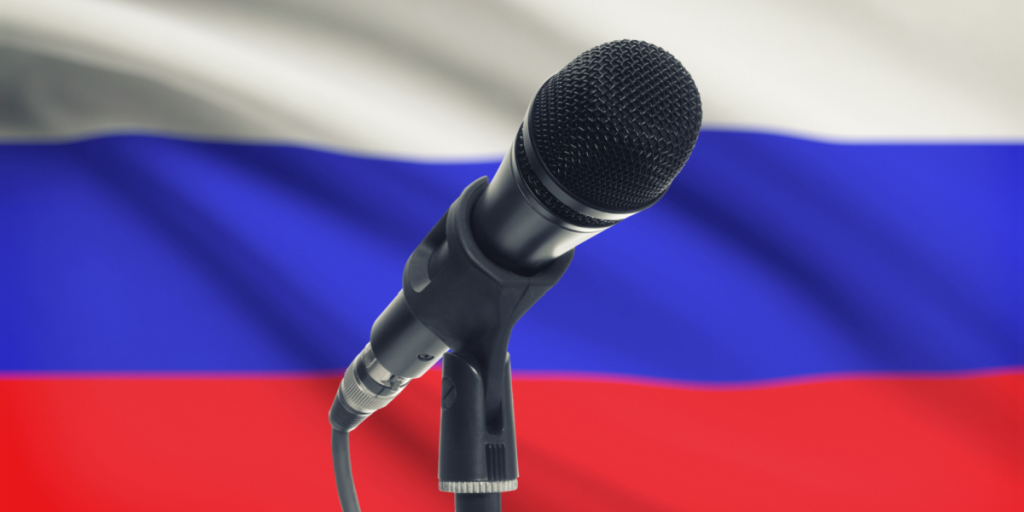
One of Russia’s oldest justifications for its actions in Donbas is the region’s large population of Russian speakers.
However, speaking Russian has never meant loyalty to Moscow. A Razumkov Center poll from April–May 2025 found that 82% of Russian-speaking Ukrainians view Russia negatively. Despite the Kremlin’s rhetoric, the destruction of Donbas contradicts any claim of protection or kinship.
Also read
Donbas: Fortress of Ukrainian resistance
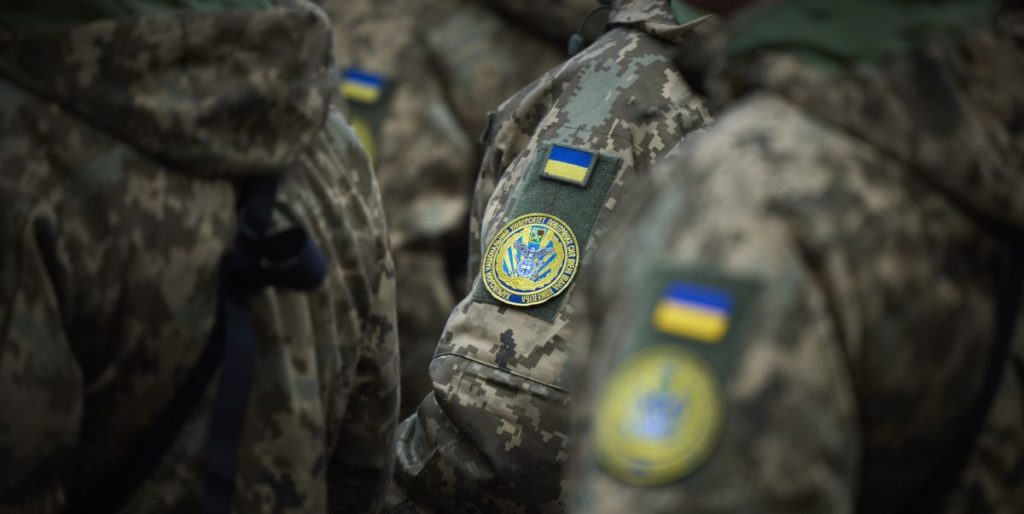
According to Reuters, Russia now controls about 19% of Ukraine, including most of Luhansk and parts of Donetsk. But Ukraine still holds key cities like Sloviansk and Kramatorsk.
These areas are part of a heavily fortified 50-kilometre defense belt that has been reinforced since 2014.
As The Economist reports, former Defence Minister Andrii Zahorodniuk described these cities as “fortress towns” that have withstood repeated Russian attacks.
What we’ve learned about Donbas
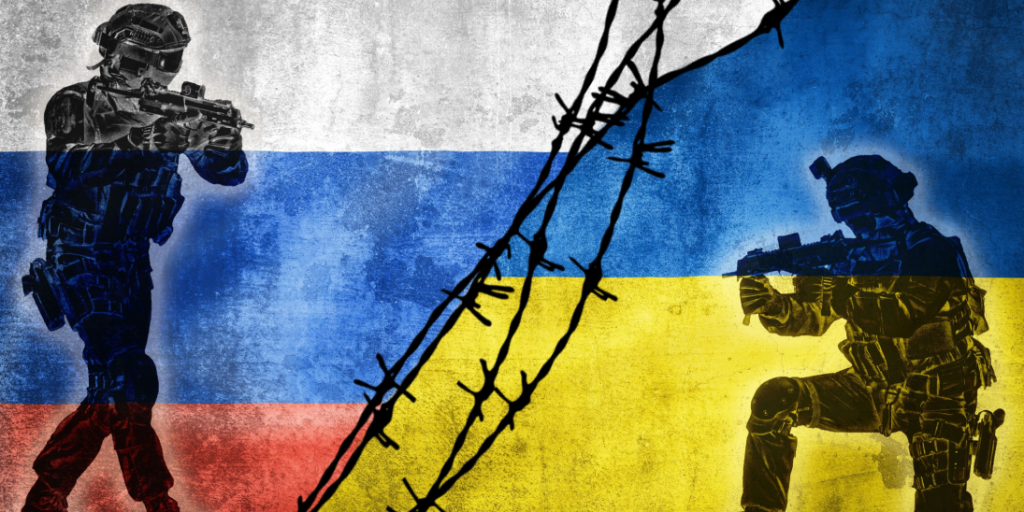
Donbas is not just a strategic battleground—it’s a symbol of Ukraine’s economic, cultural, and national identity. ‘
Despite Russia’s decade-long campaign, Ukraine has managed to hold parts of the region through fierce resistance and global support. The narrative that Donbas is naturally Russian, due to language or history, does not hold up under scrutiny or polling data.
Also read
The stakes remain high
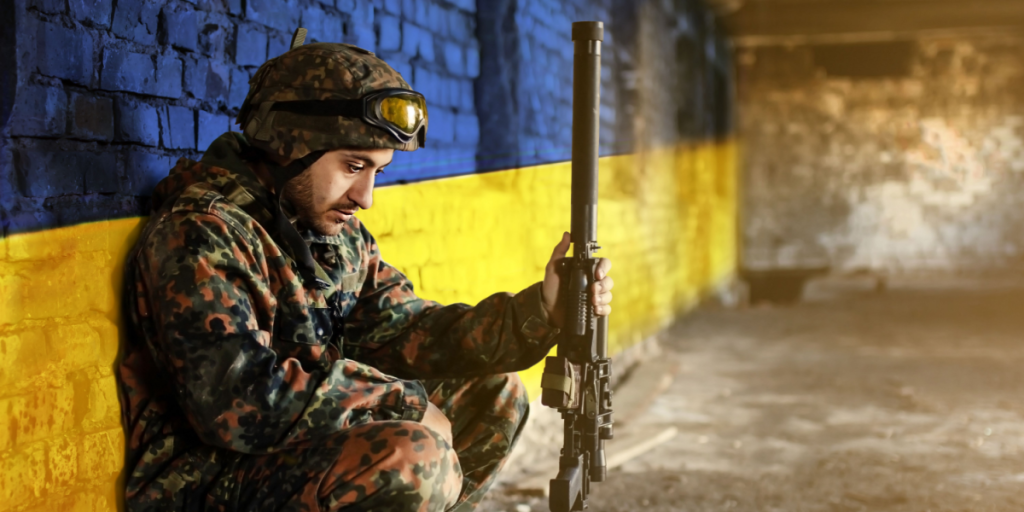
Calls to cede Donbas ignore the suffering of millions and the region’s importance to Ukraine’s sovereignty.
According to Financial Times, Ukraine sees such proposals as unacceptable, particularly after years of bloodshed and failed attempts by Russia to fully conquer the area. For Kyiv, giving up Donbas would mean surrendering to a war strategy built on force, falsehoods, and destruction—a line they are not willing to cross.

